This is a real project from a student in our Machine Learning and Artificial Intelligence Academy.
Taylor is a high school sophomore, and her favorite subjects in school are Ethics and Biology. She became interested in Machine Learning (ML) after she learned that it could be used to improve mental health care. Before joining our summer ML Deep Dive, Taylor understood little about the innerworkings of ML and how to code an ML app. By the end of the summer, Taylor had the skills needed to build her first mental health app powered by ML!
Taylor built and trained a model capable of automatically detect the sentiment of a sentence (positive, neutral, negative). Her goal was to gain insights into how a Twitter user’s mental health varies over time. Let’s break down the steps Taylor and her Breakout Mentor’s ML Mentor went through to build her project.
1. Picking a project
Taylor’s ML Mentor provided her with some project ideas that fit her interests (mental health, in this case) that would enable Taylor to continue improving upon her current ML skills. Ultimately, Taylor decided that she wanted to build an app to detect sentiment from text.
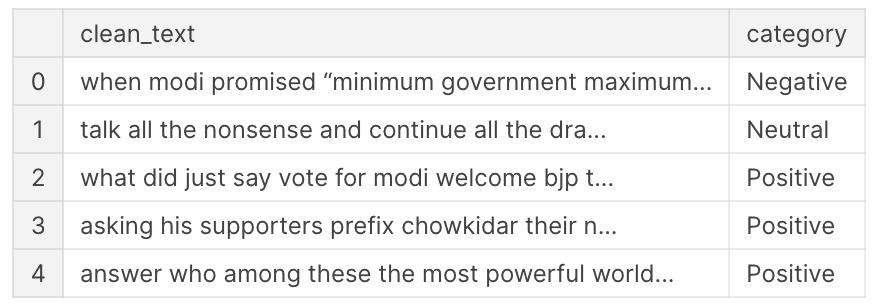
2. Finding a dataset
Taylor and her ML Mentor searched online for an appropriate dataset. They found the Twitter and Reddit Sentiment Dataset, which consisted of tweets and comments from Twitter and Reddit, each with a sentiment label (positive, neutral, negative).
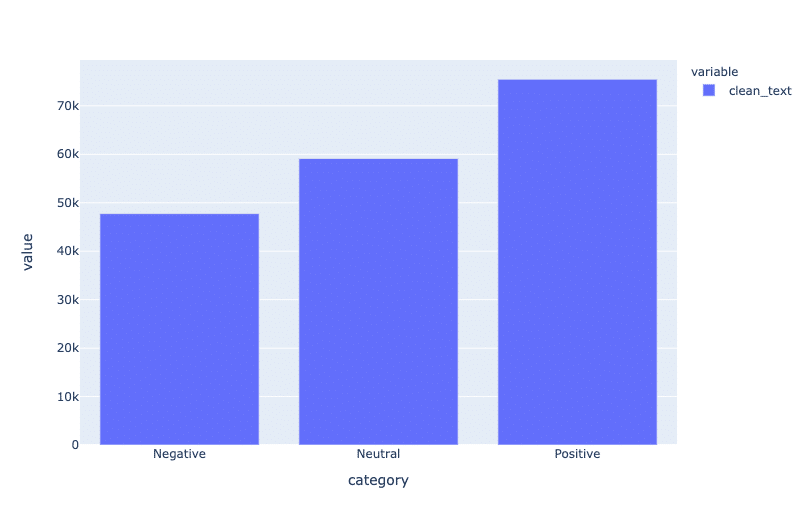
3. Preparing the dataset
With the help of her ML Mentor, Taylor wrote code to transform the data into a format that an ML model might expect.
 4. Building an ML model
4. Building an ML model
Taylor researched different ML model architectures that work well on text with her ML Mentor. She used what she had learned to build an ML model from scratch for her data.
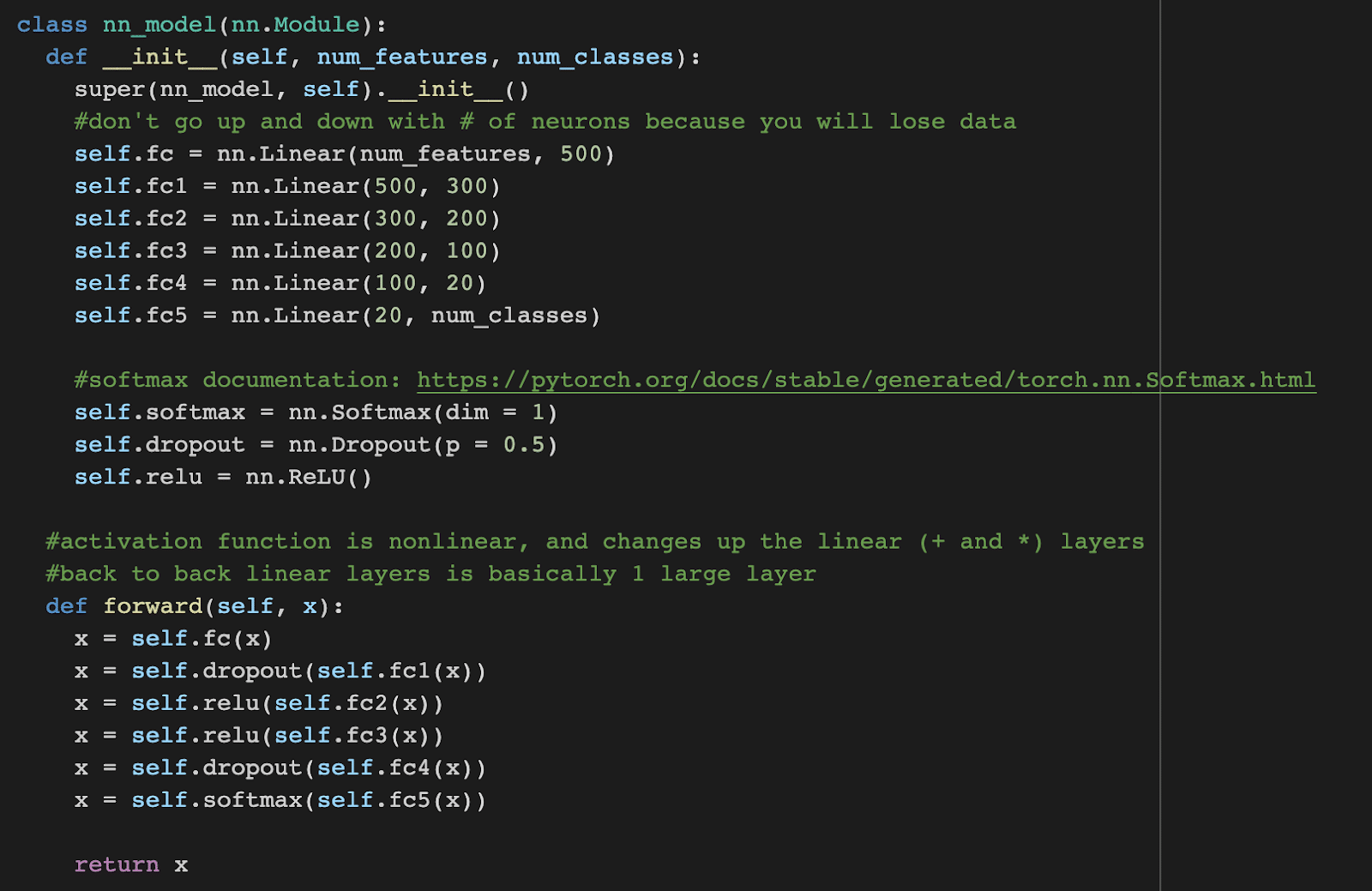
5. Training/Evaluating the ML model
Taylor trained and evaluated her custom-built ML model on the Twitter and Reddit Sentiment Dataset. This was an iterative process, and Taylor used it to tweak her ML model, retraining and evaluating her model after each adjustment she made until she felt satisfied with its performance.
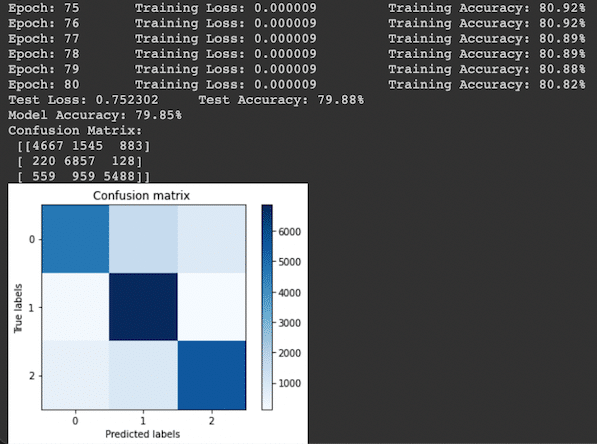
6. Testing the ML model on live user data
Taylor built an interface that accepted a user’s input text (sentences) and returned the sentiment detected in their text (0 = negative, 1 = neutral, 2 = positive). She then visualized how the user’s sentiment varied over time.
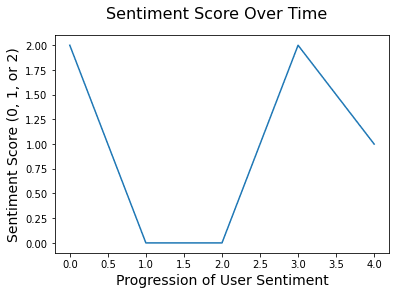
A Data Driven World
This project was entirely student-driven and produced an impressive finished product. Building something end to end delivers more valuable learning than isolating concepts individually.
The technical skills Taylor developed through working with her mentor are impressive, but it also provides a new lens to look at the world. When you can think in terms of data and the insights you can glean from it, the possibilities are endless. This is the future of coding, and high school students who can code should try Machine Learning.
This is just the beginning of the AI she’ll learn with her mentor. Our students often go on to learn neural networks, deep learning, reinforcement learning, and more through real-world machine learning projects.
If you would like to discuss the specifics of your son or daughter, please contact us to schedule a phone call.
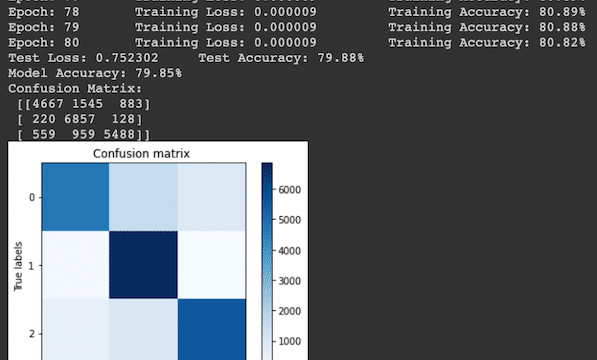
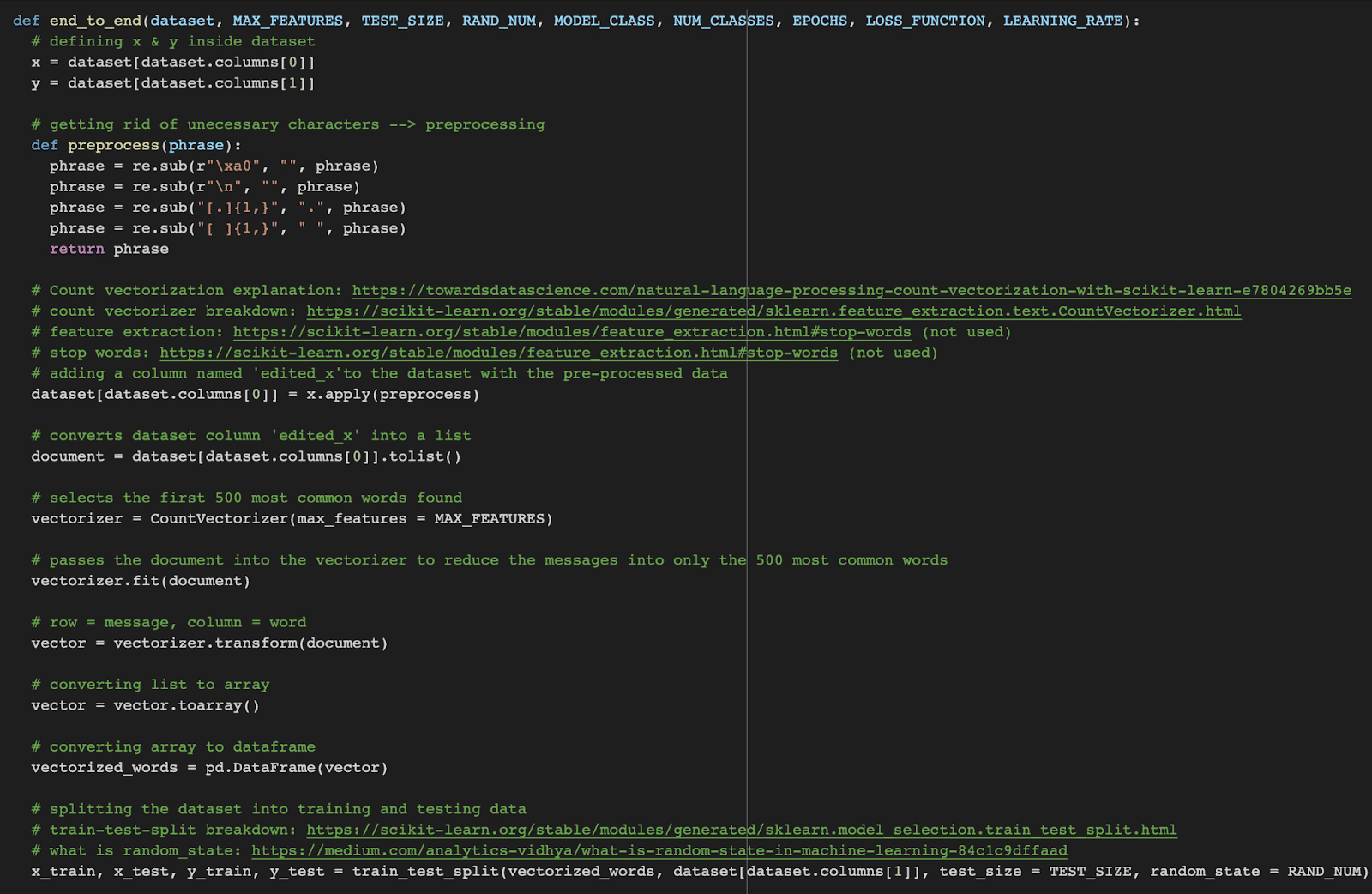 4. Building an ML model
4. Building an ML model